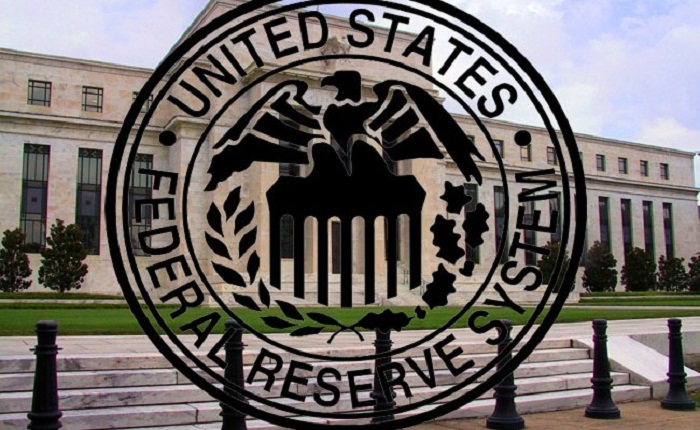Policymakers led by Fed Chairman Jerome Powell voted 8-2 in favor of a small cut in the federal funds rate, and recommitted to their promise to "act as appropriate" to sustain the country's longest economic expansion in history.
Interest rates, which affect the cost of borrowing for credit cards and mortgages, are now set to hover between 2% and 2.25%.
The rate cut follows months of pressure from President Donald Trump, who has broken with his predecessors' practice of walling off the central bank from politics.
The central bank is hoping a rate cut will be the necessary injection to keep the US economy healthy, especially because it has limited ammunition to respond to a downturn with historically low interest rates.
The Fed also announced plans to end the reduction of its $3.8 trillion asset portfolio, effective August 1, two months earlier than previously expected. The runoff was set to end after September.
A few hours after the Fed chair's news conference, Trump tweeted: "As usual, Powell let us down," while giving a nod to the central bank's decision to end quantitative tightening. "We are winning anyway, but I am certainly not getting much help from the Federal Reserve!"
Not all, however, were in agreement with the Fed's decision to ease policy.
Both Boston Fed President Eric Rosengren and Kansas City Fed President Ester George dissented on the move, signaling policymakers extensively debated whether this month's meeting was the right time to cut rates amid signs of a healthy economy.
The Fed's rate cut and plans to end quantitative tightening follows months of pressure from President Donald Trump, who has repeatedly rebuked his pick to lead the central bank for not doing enough to boost the US economy. On Monday,
Trump criticized the Fed in a series of tweets for making "all the wrong moves," adding "a small rate cut is not enough."
But Powell said pressure from Trump did not factor in the Fed's decision.
"We are not going to prove we are independent with our monetary policy," he said at a press conference Wednesday.
Policymakers in their statement said they would "continue to monitor" incoming data and would act as needed to support the economy. Investors initially cheered that news, assuming it meant more rate cuts were coming. Wall Street had been pricing in another rate cut later this year.
But the Dow at one point fell 478 points after Powell hinted that the rate cut could be a one-off.
"We are thinking of it as a mid-cycle adjustment to policy," Powell said. "I'm contrasting it with the beginning of a lengthy cutting cycle."
The Dow then pared some of its losses after Powell clarified that he meant the Fed could cut rates again soon, but the cycle of cuts wouldn't last for a long period of time.
"What I said was it's not the beginning of a long series of rate cuts," Powell said. "We'll be taking a somewhat more accommodative stance over time."
Nationwide senior economist Ben Ayers said future policy moves by the Fed would depend upon how the economy and trade talks progress in the coming months.
"Should trade negotiations turn positive and economic data, especially inflation, firm in coming months, July's move could be a one-and-done easing," said Ayers in a note. "Still, given the slowing trajectory for the economy and precedence from previous mid-expansion easing cycles, a further rate cut (or two) by year-end may occur.
Since the start of the year, the Fed has pursued a more agile approach in setting policy to contend with greater uncertainty. Trade uncertainty has dominated concerns by policymakers, who have repeatedly noted the impact such longstanding disputes between the United States and China have had on global growth and investment.
Powell, and others, have argued central banks should get ahead of a downturn after seeing any signs of weakness to get more bang for their buck in such a low-interest rate environment.
Still, the Fed will need to justify the decision to plow ahead with a rate cut given some prevailing strength in the economy. Since their last meeting in June, the job gains, retail sales and economic growth have been stronger than expected.
Investors will also be looking for more clues about potential cuts in the future when Powell briefs reporters at his now-regular press conference.
CNN
More about: Fed
















































